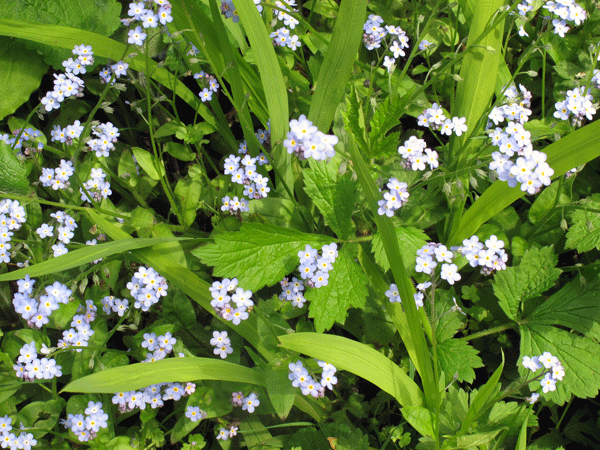If you are wondering about his name, it is Maori for large. His sister was called Iti which is Maori for small. We have always had Maori names for them after we named the first cat Tiki. We chose these two names before we got the cats and we did not realise how true they would be. Nui was very large for a Siamese while Iti was tiny. She was possibly the smallest in the litter as sealpoints tend to be girls and are often the runt of the litter.
Cats often feature large in quilters' lives and this was certainly true of Nui. He and Iti got into textiles at an early age. Here they are helping to construct a sampler piece. It looks as though butter would not melt in their mouths but this was not always the case.
We lived in Northamptonshire in those days and the cats had to travel to Cornwall several times a year. They were very happy to have these holidays although we had to be careful about letting them outside so they were on leads. You read about people bringing their cats down and the cats then running off.
When we moved to Cornwall at the beginning of 2006 we decided that as we had a walled garden, it would be safe to let them out without leads. Needless to say, Nui soon discovered how to climb up the wall so in the end he and his sisters came to only be allowed out when we were in the garden with them.
Nui was passionate about heat - what cat isn't? In Northamptonshire he was often to be found in the drier
but here it lives in the studio. He quickly discovered the airing cupboard and down the years clawed the hot water cylinder so badly that on one occasion the man who was servicing the central heating told me he thought we had rats!
In 2009 Iti suddenly died of kidney failure at the age of seven. We have always known that this is a problem with Siamese as our first cat had it at eight but survived. Just as well because in those days you did not insure pets and we were permanently short of money. Tiki had a week on a drip but he outlasted all our other cats and we finally lost him at the age of fourteen.
Nui was devestated when he no longer had a sister so we decided to get him another one. This proved to be quite difficult because people had stopped breeding them because of the recession. We finally found a breeder near St Ives. When the kittens were born there were six rather than the expected five and we had twenty-four hours to decide if we would take one or two. After speaking to a few people who advised us that two kittens could play together and leave the older cat in peace, we opted to take both and so we got Hinemoa and Pania. We were finding it more difficult to think of Maori names by this time so I turned to an on-line dictionary of baby names.
This was our first experience of introducing an older cat to young ones. It took only a week for Nui to decide that sisters were a good idea and he spent most of his later years curled up with one or both of them.
When the cold weather comes, they move from the conservatory to their igloos next to the radiator in my bedroom.
The interest in quilts continued although he became better at not helping himself to pieces of fabric, ribbons and wadding. When I got a new quilt last autumn Nui decided he preferred the old one. I realised the other day that I made the first one the year we got him so he had always had it and I think he must have liked the colours..
But any quilt will do. Here he is with Hinemoa on a sofa with quilt,
In the end kidney failure got Nui too. We had known he carried the gene since Itil died so for five years I had to give him a 'high blood pressure pill' every evening. Pedigree cats do not live as long as moggies and over the last few months we had seen him begin to show signs of ageing. Fortunately his final illness was short.
I will leave you with a photo of him in his prime in the garden.


































